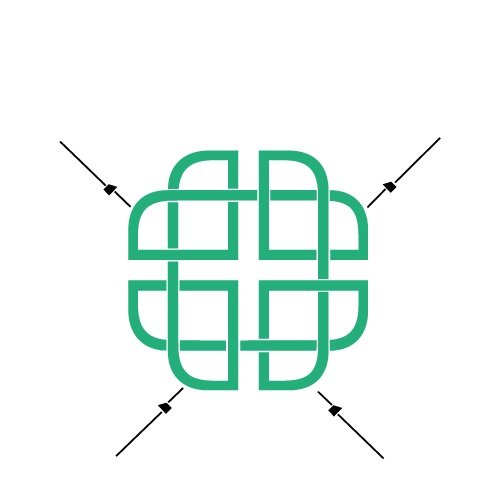Cleaning Up, Random Status Updates, and New Tear's Thoughts
Originally Posted on Thursday, January 05, 2012 11:13 AM
My first post of 2012 is a mixture of thoughts based on my recent experiences and some reactions to older blog posts. Let's start with my recent post on Volume. I'd like to clarify that in order to become truly competitive in the Olympic lifts, you need to do them as often as possible. However, you can still use the movements to your benefit even doing them only one day a week. If you mix the lifts in with other lifts, or use them as an accessory, I suggest a variation of them, usually the lifts from the hang or blocks. Snatching from the hang one day a week will do wonders for your speed and quickness. My friend and Highland Games Pro and WSM Competitor Steve Pulcinella usually only snatches from the hang, if I remember our talks correctly. So, please use the lifts, but don't expect to be able to squat snatch 300 pounds if you only snatch one day a week.
I would also like to address smart volume now. Doing things just to do them is stupid and will get you hurt. Increasing your GPP is vital to fitness and strength, and you can do so in a smart and enjoyable way. High rep squats are okay, up to sets of 20. If you want to turn a clean workout into a conditioning one to increase your GPP, then do a complex rather than 20 cleans. I had a College lifter of mine do this last week: power clean +2 front squats x2 reps at 40, 45, 50, 55, 60, 65, 70, 75, 80 kilos; he then did a clean and a front squat at 85, 90, 85, 100, 105- his current max. I did this to get him some good GPP, but also to help him relax and lift; he is strong enough to clean 120.
I would like to add here that you cannot train for endurance and maximize your strength. You can get stronger than you were, but you will not get as strong as you can. If you don't understand periodization and conditioning, please read as much as you can from respected authors, including Yuri Verkoshansky, Mell Siff, and Tudor Bompa. Dan John does a lot to make this material accessible to the non-geek, so check him out, too. If you don't have the time to do this, find someone who has and ask them to program for you. The follow up to this point is that you can train for strength and power and still get good results for body composition and endurance.
Another good topic here is exercise selection. When planning what to do, there are some basic, sound principles to follow. Most among these is to avoid circus tricks and stupid crap. If your movement is an explosive or plyometric movement, and you add something to slow you down at the top of it, then it's stupid crap. Slowing you down throughout the whole movement isn't too bad, but adding a band to a jump or a clean is dumb. Adding weight in the form of weights on the bar or a weight vest is not dumb.
My second "stupid crap" test is to changing your form so you can do things faster. If you can't do it with good form, don't do it with bad. Trying to deadlift with a rounded back has taught many people this lesson. Compromising sound body mechanics for weight will lead to injury.
And, since this is a new year, I'd like to throw out some goals I want for this year:
1. Lose weight and get to around 300 pounds as a walking around weight.
2. BS 405 or so for a set of 20 (um, this will probably be sooner than later)
3. Deadlift 315 pounds 125 times in half an hour (again, this challenge is for January, so this will be sooner than later)
4. Compete in a Highland Games
5. Compete in a Track meet or two
6. Total 300 in the Olympic lifts again.
7. BS 272.5 kg before December 31.
Of these goals, number one and six will be the hardest to achieve. Weight loss at my age will take precedence over strength. I'll be 38 in two weeks and I promised myself 10 years ago that I wouldn't go into my 40s weighing over 300. If I get to 300, I'll evaluate my body and get my numbers and see where I go from there. I don't want to go into my 50s weighing over 260.
